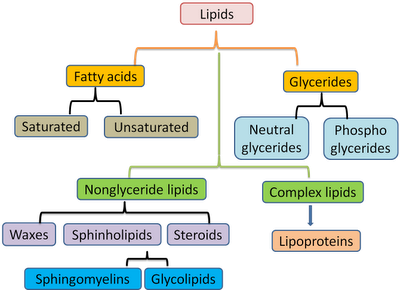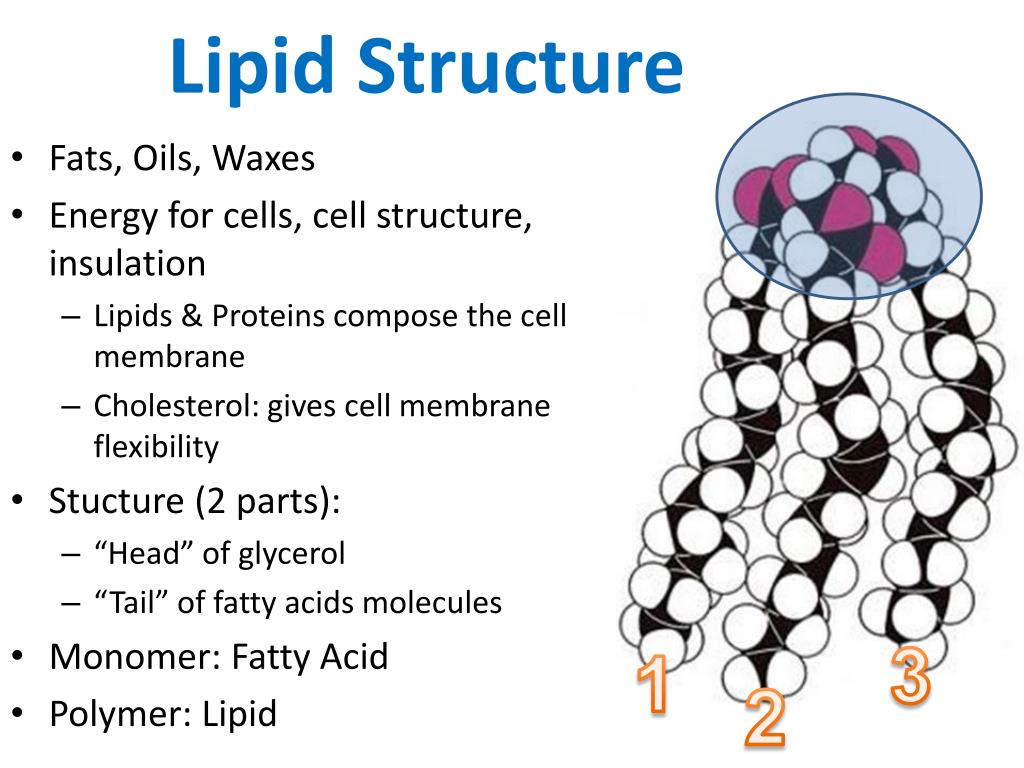


Plasmalogens were serendipitously discovered in 1924 by Feulgen and Voit while staining tissue sections with a nuclear stain that reacts with aldehydes released by acid hydrolysis of DNA (Snyder, 1999). Plasmalogens are the most common form of ether lipids and are characterized by a cis double bond adjacent to the ether linkage. Here, we review the biology of ether lipids and their potential significance in human disorders, including neurological diseases, cancer, and metabolic disorders. In addition to their structural roles, a subset of ether lipids are thought to function as endogenous antioxidants, and emerging studies suggest that they are involved in cell differentiation and signaling pathways. Ether lipids are also important for the organization and stability of lipid raft microdomains, cholesterol-rich membrane regions involved in cellular signaling. Notably, the tendency of ether lipids to form non-lamellar inverted hexagonal structures in model membranes suggests that they have a role in facilitating membrane fusion processes. This seemingly simple biochemical change has profound structural and functional implications.

Ether lipids, such as plasmalogens, are peroxisome-derived glycerophospholipids in which the hydrocarbon chain at the sn-1 position of the glycerol backbone is attached by an ether bond, as opposed to an ester bond in the more common diacyl phospholipids.


 0 kommentar(er)
0 kommentar(er)
